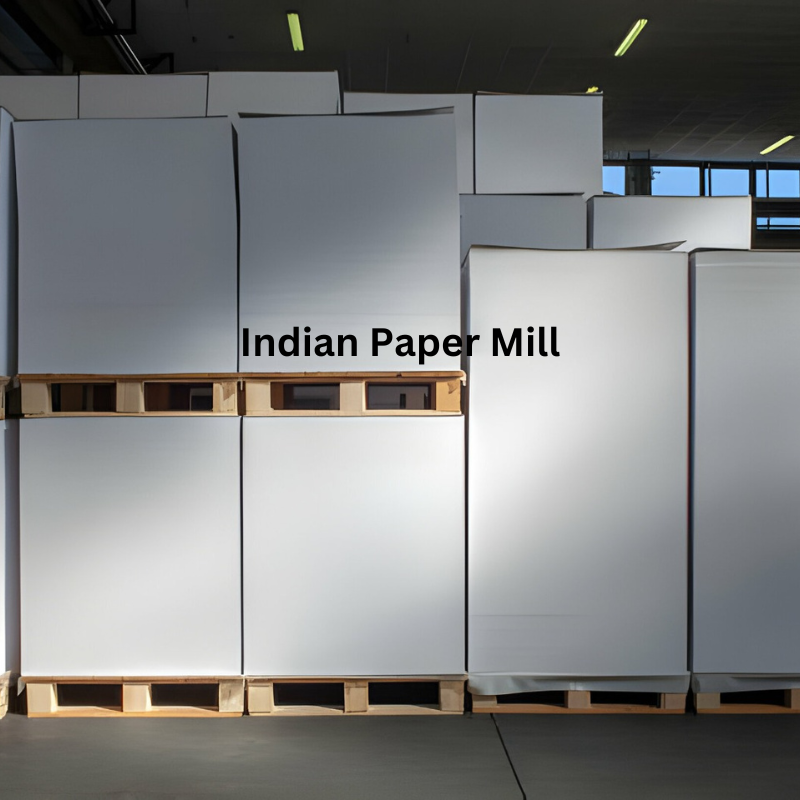Exploring India’s Paper Manufacturers : How Much Paper Does the Country Really Make?

India’s paper mill manufacture covered each year, but as of recent estimates, the country produces around 15 million metric tons of paper per year. This includes different types of paper, such as newsprint, writing paper, and packaging paper (duplex paper). India is one of the biggest manufacturers of paper in the world, with a high demand driven by its population and economic development. For the most accurate and up-to-date figures, it’s best to check industry reports or government publications.
Which time has been set up paper industry in India?
The paper industry in India has its roots in the early 19th century. The first paper mill, the “Bengal Paper Mill,” was established in 1812 in West Bengal. However, it wasn’t until the early 20th century that the industry began to develop more significantly, with several mills being set up in different regions. Post-independence in 1947, the Indian government focused on expanding the industry, leading to significant growth and improvement throughout the second half of the 20th century.
Annually output for Paper Manufacturing in India
India’s annual paper manufacturing is approximately 15 million metric tons. This output includes various types of paper, such as writing, printing, packaging (duplex board), and specialty papers. The industry is continuously growing due to increasing demand in education, publishing and e-commerce sectors.
The demand for paper manufacturer in India is influenced by several key factors:
Educational sector: Notebooks, textbooks and other educational materials.
Publishing Industry: Newspapers, magazines and books, printing and writing increase the demand for paper.
E-commerce sector: Packaging materials, corrugated boxes and paper bags.
Corporate and Office Use: Stationery and printing supplies.
Sustainability trends: Eco-friendly and recycled paper products.
Rural: Paper products in agricultural fields and small businesses.
Overall, the demand for paper in India continues to grow, driven by economic growth, urbanization and changing consumer habits.

